Jackfruit, also known as jack tree, fenne, jakfruit, jack or jak, is a species of tree in the fig, mulberry and breadfruit family, Moraceae, native to southwest India. Take a look below for 25 more fun and interesting facts about jackfruit.
1. The jackfruit tree is well suits to tropical lowlands, and its fruit is the biggest tree-borne fruit, reading as much as 35 kilograms, or 80 pounds, in weight, 90 centimeters, or 35 inches, in length, and 50 centimeters, or 20 inches, in diameter.
2. A mature jackfruit tree can produce about 100 to 200 fruits a year.
3. The jackfruit is a multiple fruit, made up of hundreds to thousands of individual flowers. The fleshly petals is really what’s eaten.
4. The jackfruit is widely cultivated and it’s a popular food item throughout the tropical regions of the world.
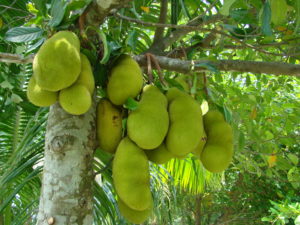
5. The jackfruit is the national fruit of Bangladesh.
6. The word “jackfruit” comes from Portuguese “jaca”, which comes from the Malayalam language term “chakka”.
7. When the Portuguese came to India at Kozhikode on the Malabar Coast in 1498, the Malayalam name “chakka” was recorded by Hendrik van Rheede in the Hortus Malabaricus, in Latin.
8. The common English name “jackfruit” was first used by physician and naturalist Garcia de Orta in his 1563 book “Coloquios dos simples e drogas da India.”
9. Archaeological findings in India have revealed that jackfruit was cultivated in India 3000 to 6000 years ago.
10. The jackfruit provides a potential solution to countries facing problems with food security, such as several countries in Africa.
11. Minimal pruning is required for the jackfruit plant. Cutting off dead branches from the interior of the tree is only sometimes needed. Twigs bearing fruit must be twisted or cut down to the trunk to induce growth for the next season.
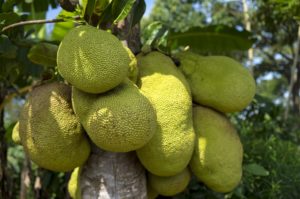
12. Branches of the jackfruit tree have to be cut off every 3 to 4 years to maintain its productivity.
13. A fully ripe and unopened jackfruit is known to emit a strong aroma, with the inside of the fruit described as smelling of pineapple and banana.
14. In Bangladesh, jackfruit is eaten on its own. The unripe fruit is used in curry, and the seed is often dried and preserved to be later used in curry.
15. In India, two varieties of jackfruit are predominantly eaten, the varikka and koozha. The Varikka has a slightly hard inner flesh when ripe, while the inner flesh of the ripe koozha fruit is soft.
16. In Indonesia, jackfruit is called “nangka.” The ripe fruit is usually sold separately and eaten on its own, or sliced and mixed with shaved ice as a sweet dessert such as es campur and es teler.
17. In the Philippines, jackfruit is called “langka” in Filipino and “nangka” in Cebuano. The unripe fruit is usually cooked in coconut milk and is eaten together with rice.
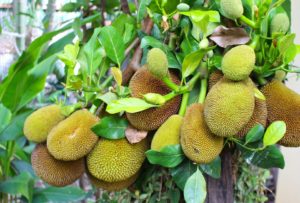
18. The pulp of jackfruit is composed of 74% water, 23% carbohydrates, 2% protein and 1% fat. In a 100 gram portion of jackfruit, there is 95 calories and a rich source of vitamin B6.
19. In Indonesia, the hardwood from the trunk of a jackfruit tree is carved out to form the barrels of drums used in the gamelan, and in the Philippines, its soft wood is made into the body of the kutijapi, a type of boat lute.
20. In Vietnam, jackfruit wood is prized for the making of Buddhist statues in temples and fish sauce barrels.
21. The jackfruit heartwood is used by Buddhist forest monastics in Southeast Asia as a dye, giving the robes of the monks their distinctive light-brown color.
22. The wood of the jackfruit tree is important in Sri Lanka and is exported to Europe. The wood is termite proof and is superior to building furniture.
23. Jackfruit is the state fruit of the Indian states of Kerala and Tamil Nadu, and it’s one of the three auspicious fruits of Tamil Nadu, along with the mango and banana.
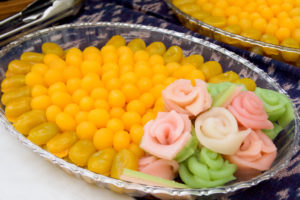
24. In Brazil, the jackfruit can become an invasive species as in Brazil’s Tijuca Forest National Park in Rio de Janeiro.
25. Jackfruit industries are established in Sri Lanka and Vietnam, where the fruit is processed into products such as flour, noodles, papad and ice cream.

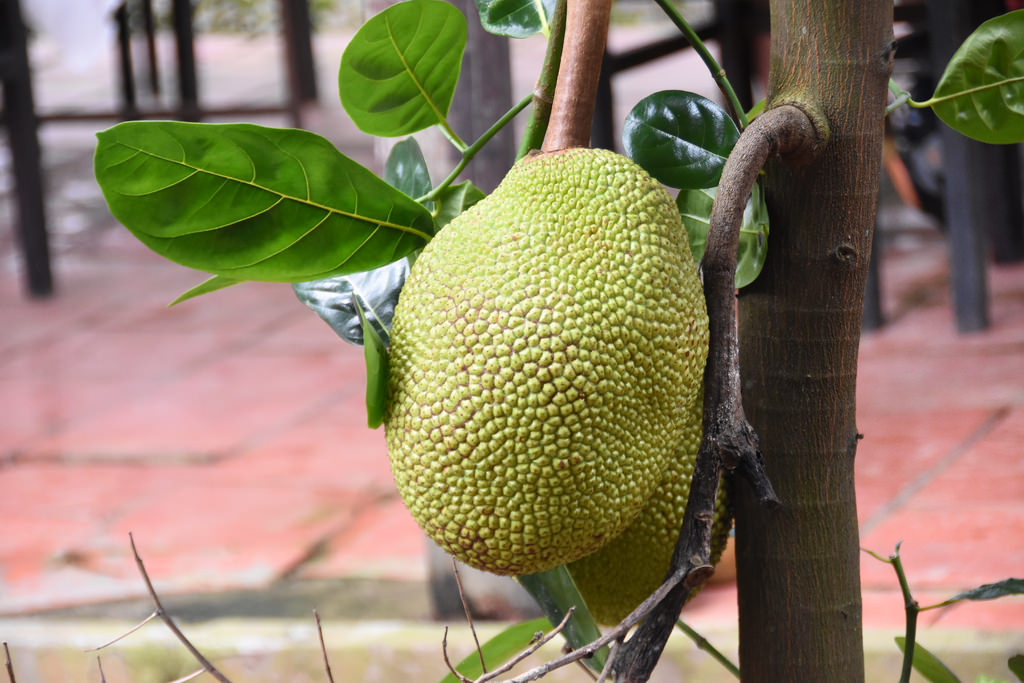



One Comment
Abasa Zirabamuzaale
December 22, 2020 at 1:55 pmThanks amazing am very interested by using natural health products as above said.